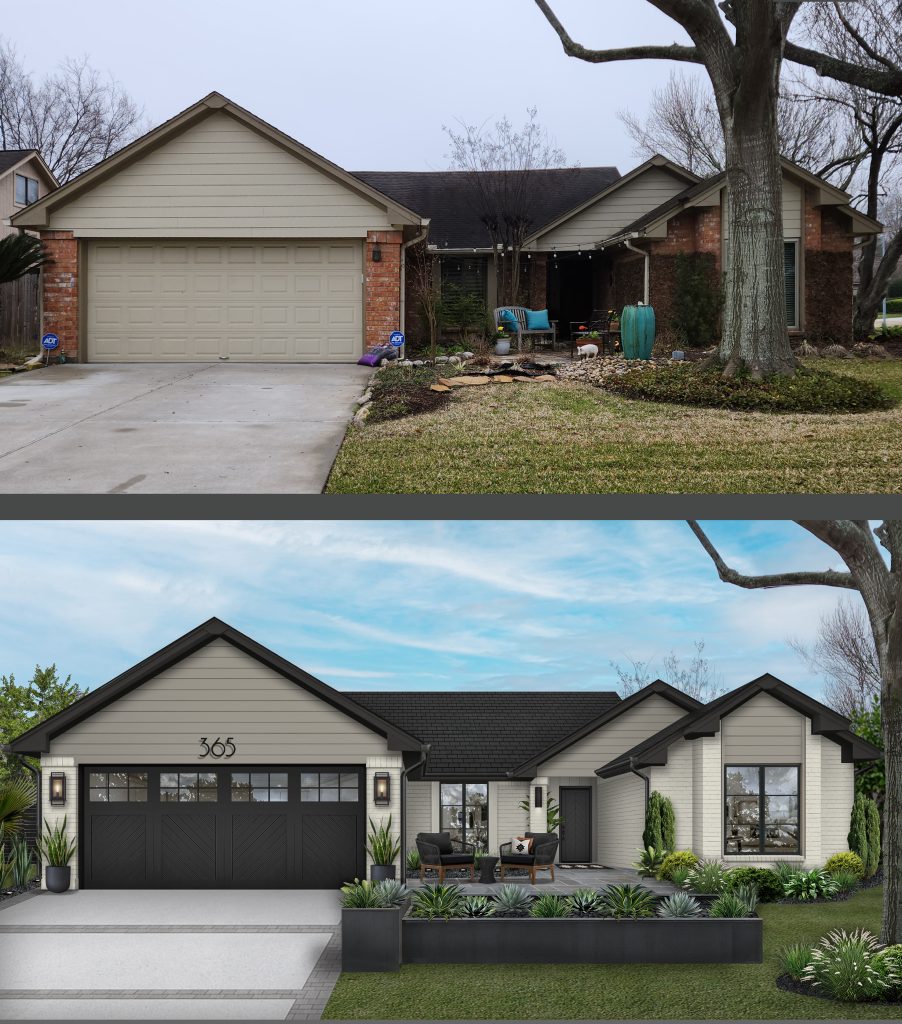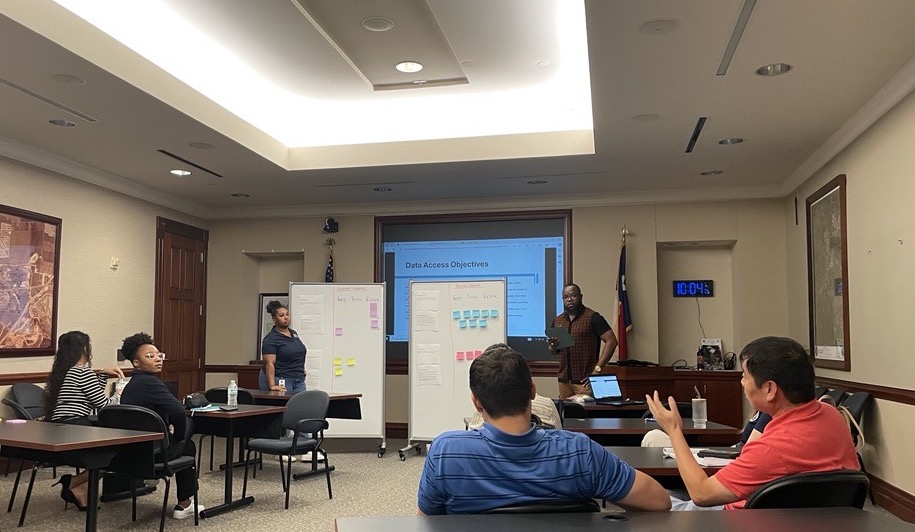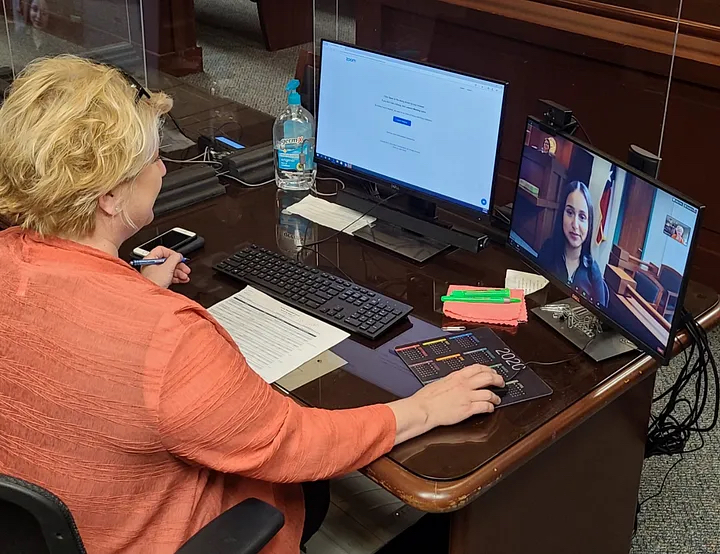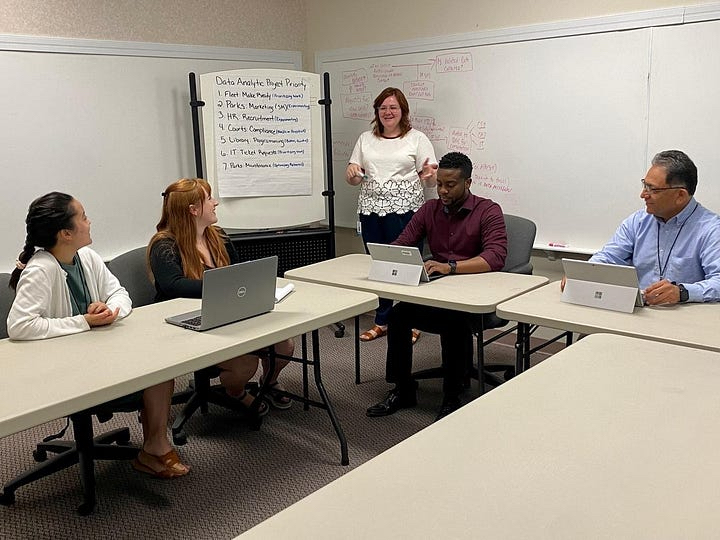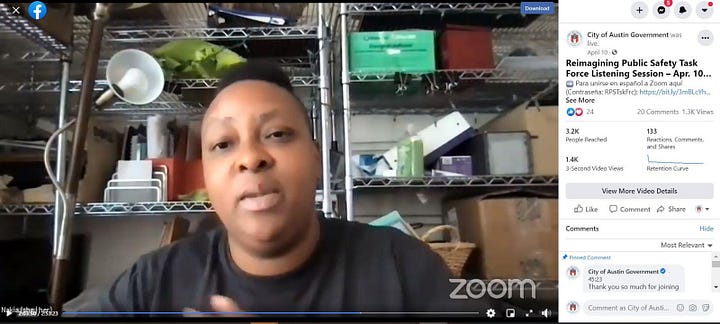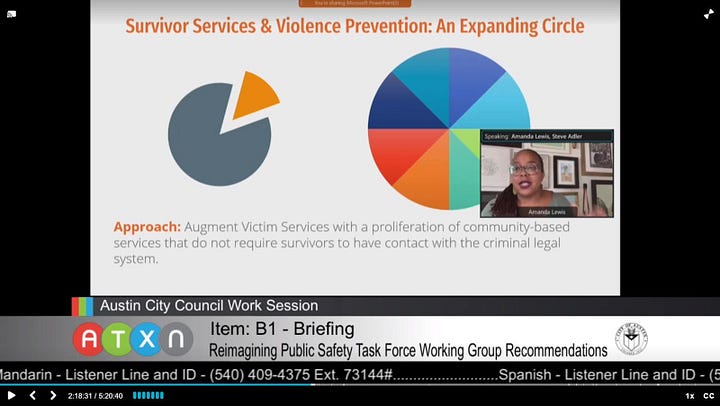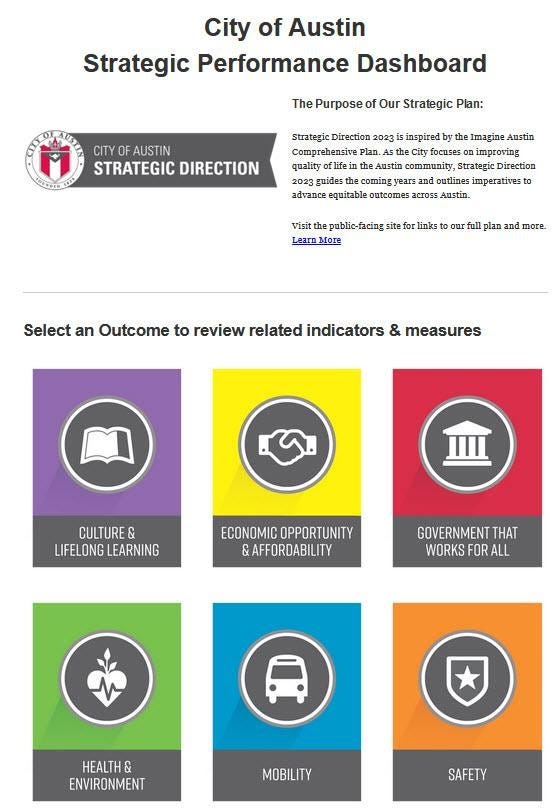Fort Worth, Texas, USA
Smart Water Conservation, Big Savings
Project Type:
Infrastructure & Utilities, Technology, High-Performing Government

At a Glance
Enhanced water infrastructure to provide real-time data for better resource management, leading to a 90% reduction in field investigations and more than $1 million in cost savings.
Installed 290,000 new smart water meters between 2019 and 2022.
Used data to ensure that the federal financial assistance available during the pandemic was reaching customers who had the most need.
23 systems sending data into Fort Worth Water’s central database, detailing work orders, customer usage and payments, water main breaks and more.
When water pipes leak, the City of Fort Worth loses money. Without its own aquifer or reservoirs, the City buys its entire supply—82 billion gallons in 2023—from Tarrant Regional Water District for over 1.4 million customers in Fort Worth and 33 surrounding communities. When water is conserved, the financial benefits are tangible: Less water needs to be purchased (and treated), reducing operating costs.
This was a major impetus behind MyH20, a program launched in 2016 to both establish a more data-driven approach to water infrastructure management and maintenance and enable customers to better manage their water use.
The first step was installing nearly 300,000 new advanced water meters across Fort Worth Water’s service area. With near real-time data wirelessly transmitted to the utility, customers who register in the online portal are now alerted when possible leaks (i.e., continuous water flow) are detected on their property. Plus they can track usage and pay bills via the online portal. Meter and billing information now flows into a central data management platform, allowing Fort Worth Water to more easily identify who is behind on bills.
When federal water bill assistance was available during the Covid-19 pandemic, the utility was able to use the data to determine if those in danger of service termination for non-payment were the ones receiving assistance through the Low-Income Household Water Assistance Program (LIHWAP), which was managed by third-party entities. (The LIHWAP program is no longer in place.)
Also, MyH20 has dramatically improved Fort Worth Water’s ability to understand the cost of water main leaks and prioritize pipe replacement projects. The utility is now able to systematically track and analyze not only the location of leaks but also the age and type of pipe leaking. Of course, officials knew that older pipes were more likely to have problems. But the ability, for example, to show that cast iron pipes accounted for 92% of water main breaks in 2023—and then detail the exact cost of those breaks—helps build the case for infrastructure improvements. This year, City Council doubled funding for the utility’s pipeline rehabilitation program, allowing it to replace 20 miles of cast iron pipes per year, rather than only 10. The most at-risk pipes are being replaced first.
These upgrades do more than ensure more reliable water service across the city. Strategically upgrading infrastructure—along with helping residents manage their water use—means the entire system loses less water and keeps costs down. Long-term it means less service disruptions to customers. That’s good for the planet, the City and paying customers.
“Because we can use data from multiple systems to see what is happening, we are able to refine our models and improve the water loss estimates for each leak and main break.”
“We’re building a culture where you have to have data to make decisions, to make recommendations to City Council on policy initiatives. Momentum is building: When people see that data is the key to the treasure, to resource allocation, then they start using data and tracking outcomes.”

